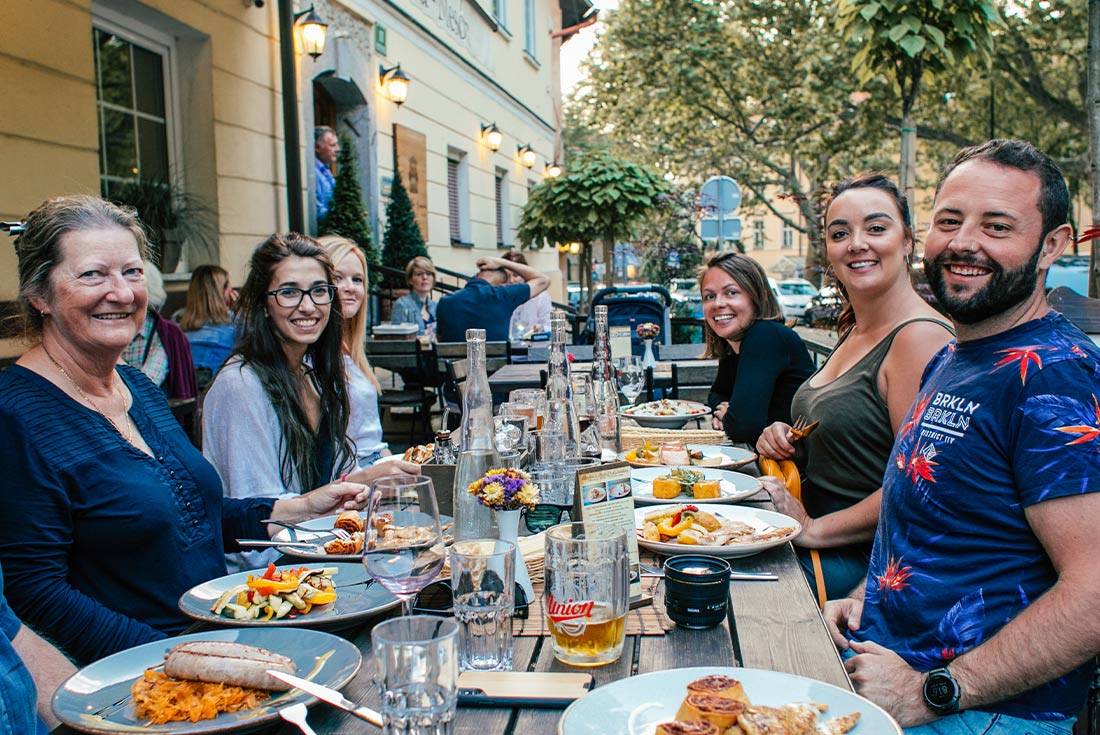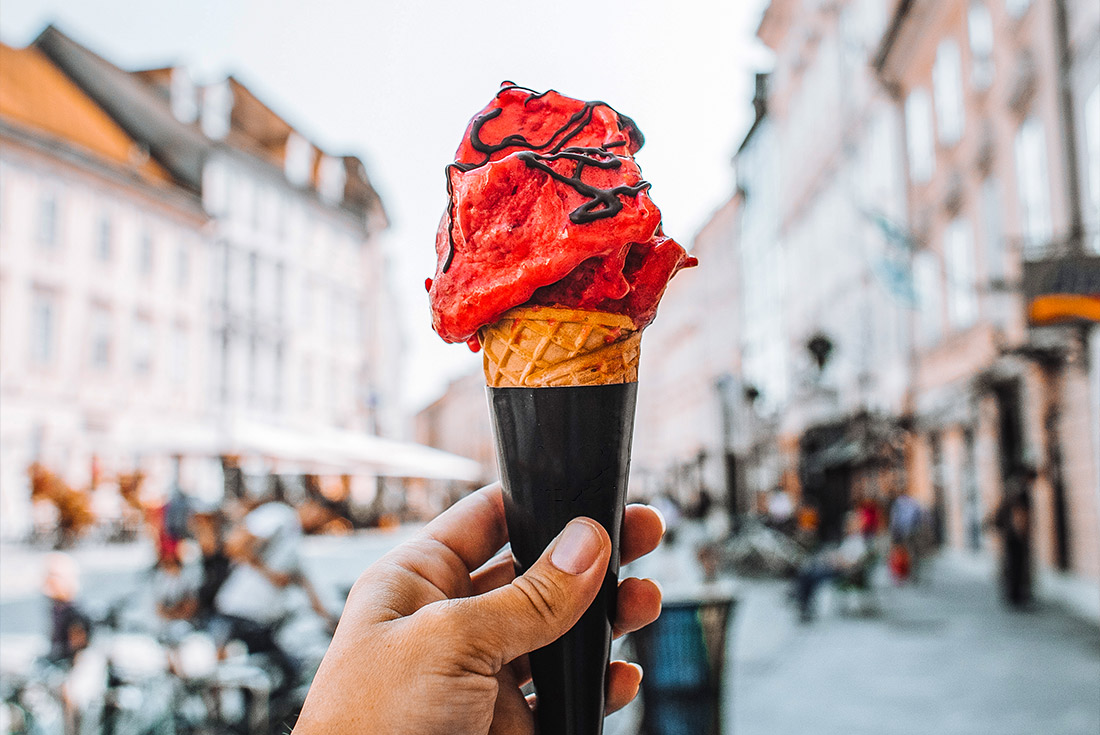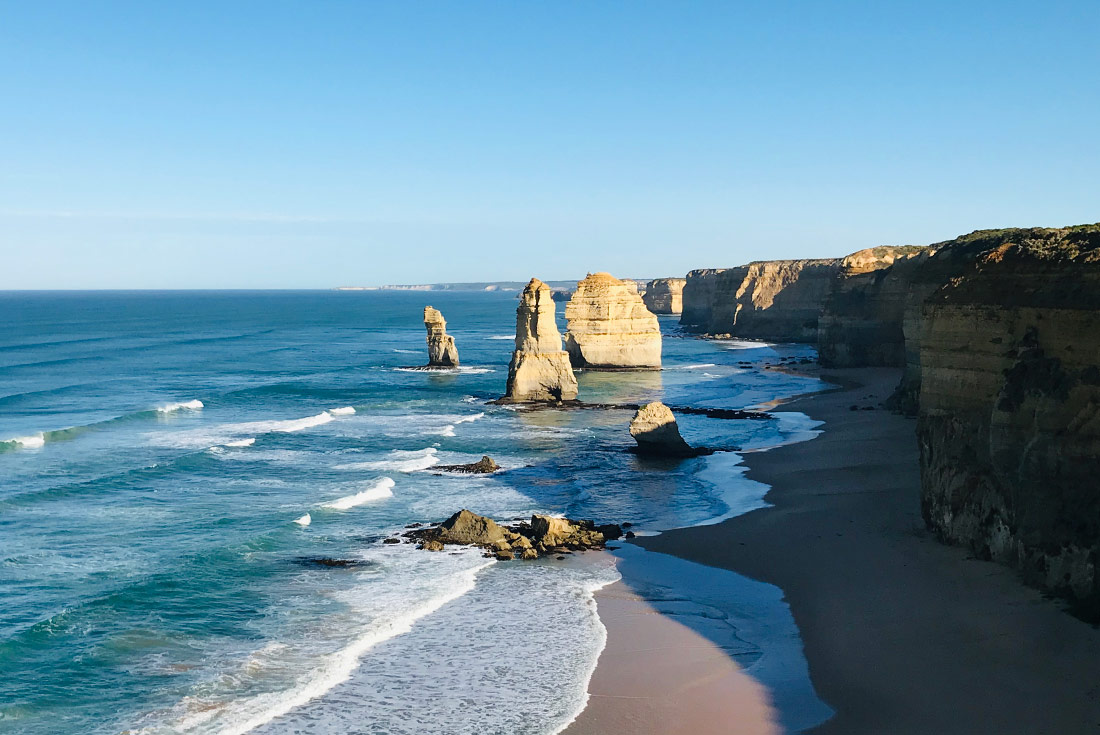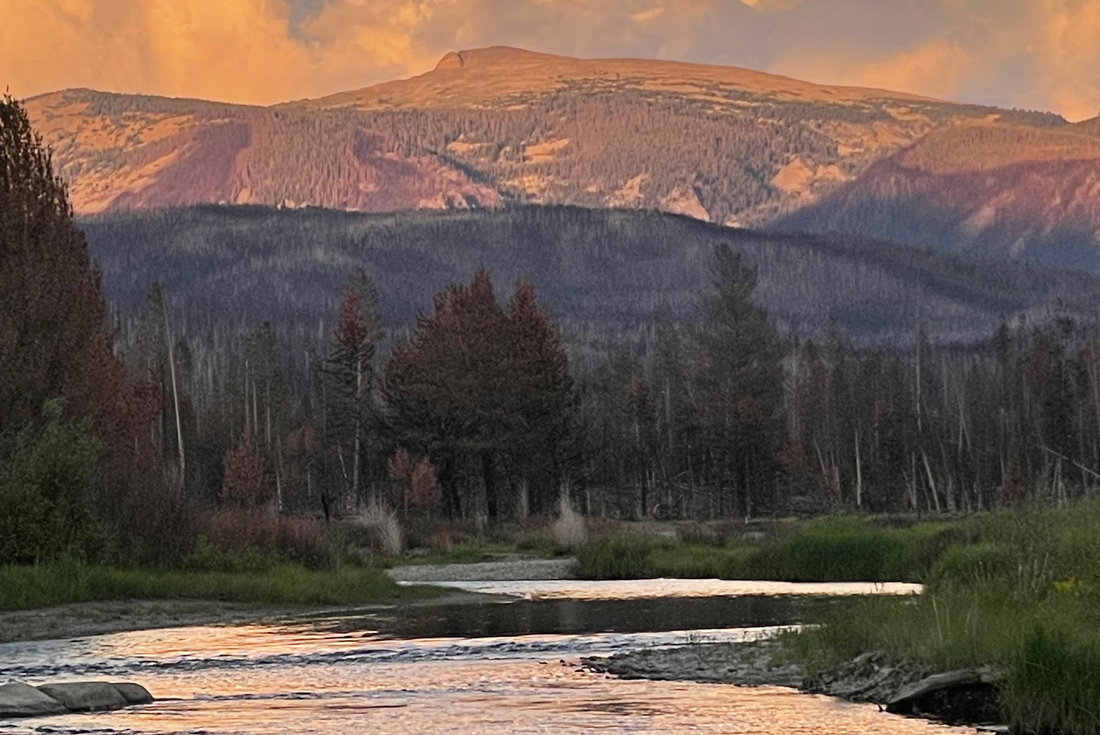Meals
10 Breakfast(s), 10 Lunch(s), 4 Dinner(s)
Transport
Private Vehicle , Public Bus , Ferry
Accommodation
Hotel (16 nights), Apartment (3 nights), Guesthouse (1 night)
- Bled - Kremsnita Tasting
- Smartno - Wine tasting
- Trebese – Organic farm visit & lunch
- Motovun - Truffle Hunt and Brunch
- Rovinj – Day Trip
- Motovun - City walls
- Rakovica - Home-cooked meal
- Plitvice Lakes - National Park Visit
- Zadar - Nunnery & farm visit
- Zadar - Local market visit
- Split - Village cooking demonstration
- Brac - Olive oil museum
- Brac - Hrapoćuša cake tasting
- Split - Old Town markets & culture tour
- Zrnovo - Cooking Class
- Peljesac - Wine tasting
- Ston - Oyster tasting
- Lustica - Olive oil farm visit
- Njegusi - Smokehouse visit & tasting
- Shkoder - Rozafa Fortress visit
- Prizren - Leader-led city tour
- Pristina - Serbian barbecue lunch
- Pristina - Gracanica Monastery visit
- Debar - St Jovan Bigorski Monastery visit
- Kuratica - Home-cooked dinner
- Prespa - Agriturismo visit & tasting
- Prespa - Home-cooking demonstration
- Dihovo - Home-cooked lunch
- Dihovo - Beekeeper farm visit
- Tikves - Wine tasting
- Stobi - Stobi archaeological site
- Skopje - Leader-led walking tour with traditional sweets



















